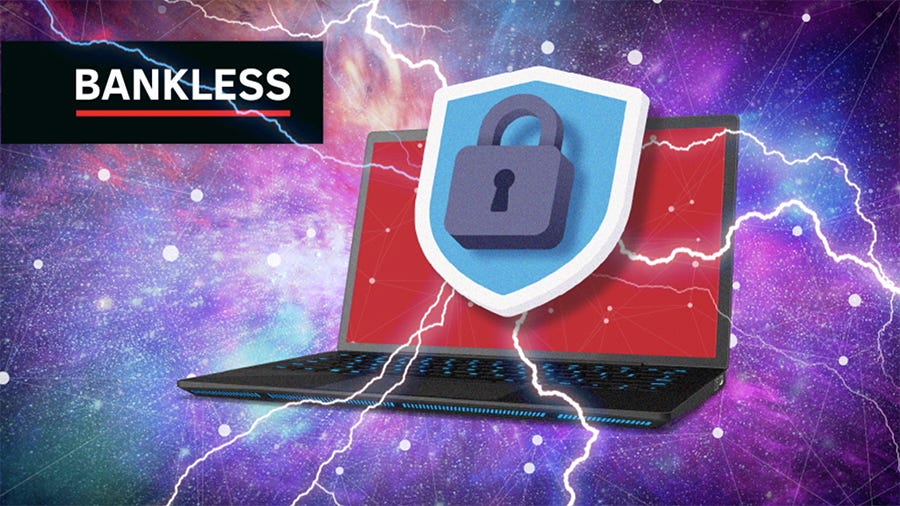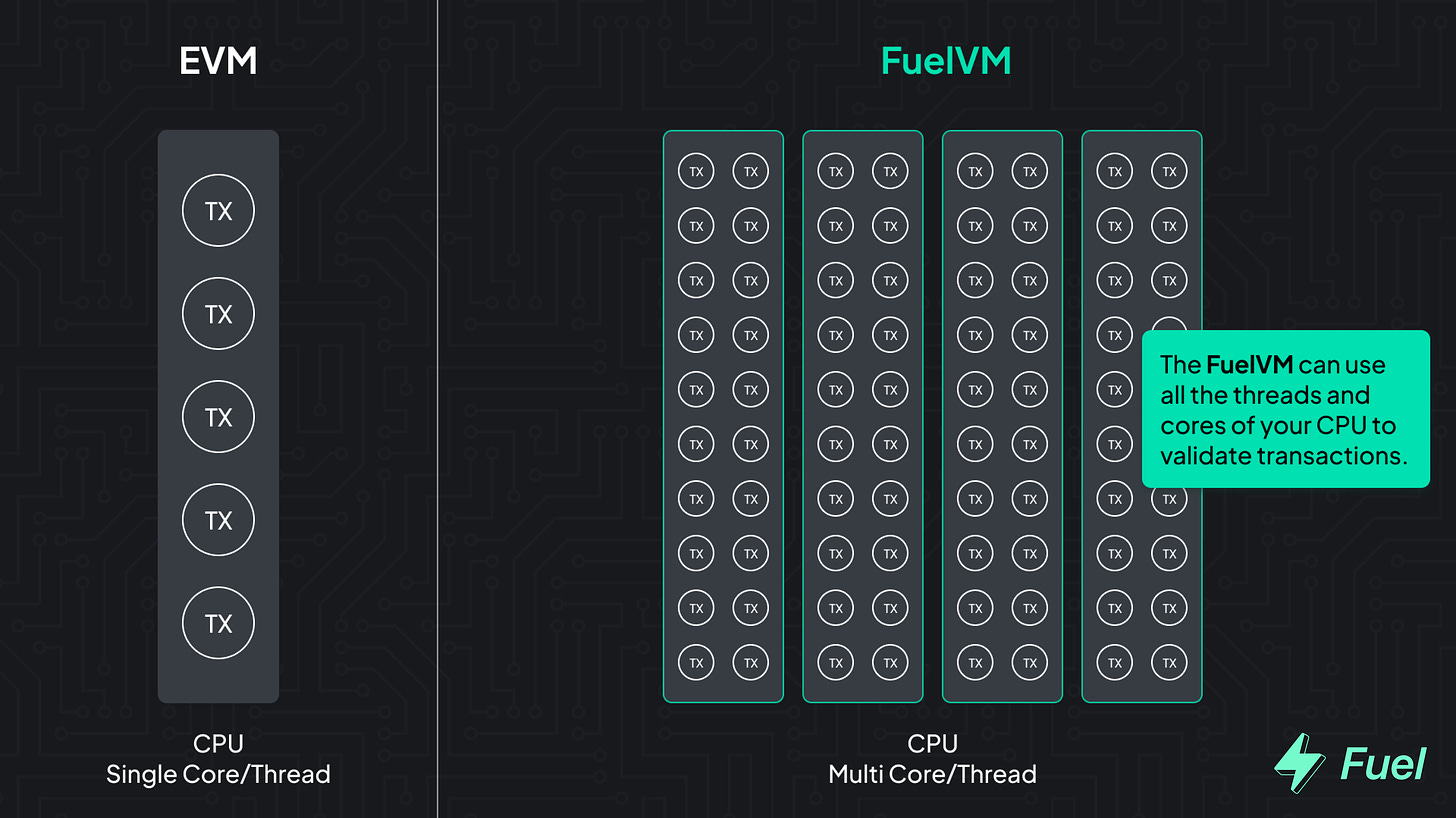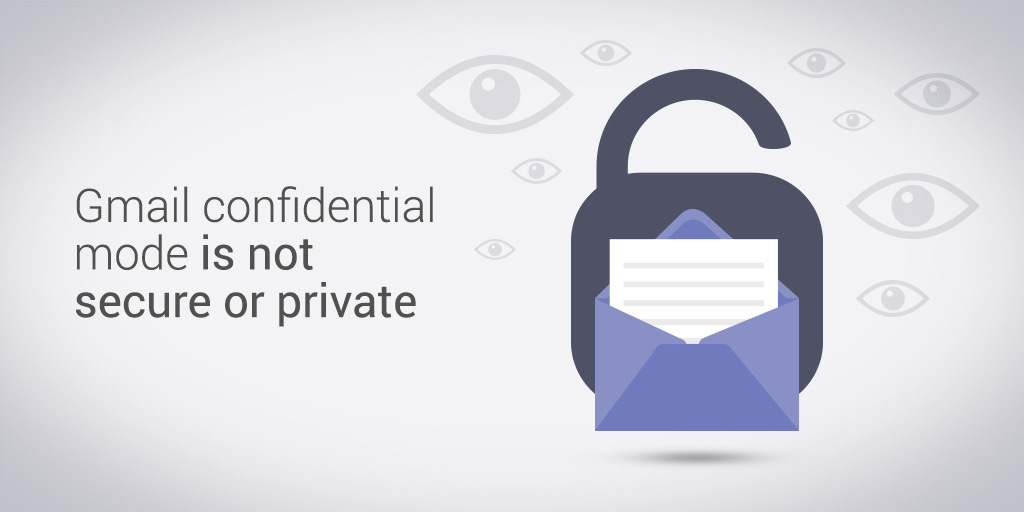We’ve updated our airdrop guide for our Bankless Premium members! Explore dozens of opportunities to earn the next big airdrop when you subscribe.
Also access the Inner Circle Discord, claim your community badge, and enjoy exclusive Token reports and premium content when you subscribe!
Dear Bankless Nation,
A common argument against privacy rights is “If you’ve done nothing wrong, what’s there to hide?”
But even those who say it don’t really believe it.
Would you be willing to share your browser history?
Your text messages with your loved ones?
What you’re spending money on?
Probably not. Even if you’re only doing perfectly legal and moral things, you probably want some level of privacy.
But before you jump to saying “crypto fixes this”, it doesn’t. It actually makes it harder.
Public blockchains, by its transparent nature, means anyone can see everything.
Instead, you have to exercise different strategies to safeguard your privacy.
Need help?
We got you covered.
If you’re looking to protect your crypto privacy, William Peaster has five tips for you today.
– Bankless team
Modular blockchains are the future. L2s alone won’t solve the scaling problem; for this, we need to move toward a modular architecture. Fuel is the fastest execution layer for the modular blockchain stack, enabling maximum security and the highest flexible throughput.

Bankless Writer: William M. Peaster, Bankless contributor and Metaversal writer
The cryptoeconomy is an adversarial place in multiple regards, particularly for users in countries with anti-crypto regimes.
One of the best ways to protect yourself both physically and mentally in crypto is to maintain a solid sense of personal privacy, so this Bankless tactic will walk you through the basics of crypto discretion.
Privacy is normal.
It’s for everyone.
Sure, some bad guys make the most of privacy where they can.
But in the vast majority of cases, privacy is just a basic human social thing that everyone uses where they see fit.
For instance, in one of my recent Metaversal NFT newsletters I noted how I was interested in helping my nephew dive into NFTs and Web3, but he’s the super inquisitive type, so I probably couldn’t do so without doxxing my main wallets.
I need a way to chip in to his journey without betraying everything I’ve ever done on-chain!
That’s a basic need for casual privacy, but there are some privacy matters that are things of life and death.
For example, I’ve recently come across some Iranian NFT artists who are using privacy techniques to reach a global audience and escape the dictates of their nation’s tyrannical leadership.
Wherever you fall on this casual-to-existential spectrum, privacy is a fundamental need, particularly for crypto users who have historically been targeted for their wealth or for being political dissidents.
All that said, let’s explore 5 tips you can use to improve your crypto privacy immediately.
You’ll need an email for doing various activities around the cryptoeconomy, like signing up to receive email announcements about Web3 beta platforms.
However, if you’re using a standard email provider like Gmail, your activities are ultimately not secure.
Web3ers going anon will want to start accordingly by setting up an email account through a secure email provider such as Proton Mail, which is an end-to-end encrypted email service.
This encrypted approach is important because it means only you and your recipients can read your messagings!
Additionally, with a secure email in hand you can sometimes bypass or mitigate the onerous privacy bleeds that anons generally want to avoid, like linking a phone number to a crypto platform, linking a physical address to a crypto wallet, or using an SMS-based 2FA.
A person wanting to maximize their privacy in crypto should have at least two computers: one for casual play + professional work, and one that’s siloed and set aside purely for signing private transactions.
CIA Officer, who is a Web3 privacy and security researcher, calls this the “front office” and “back office,” approach as it’s designed not to mix your regular online activities and your security-sensitive online activities to avoid attacks or scrutiny.
If you’re interested in creating your own back office computer, the idea is to set up a device that you can sign crypto transactions with offline, since signing things online exposes you to various vulnerabilities.
Toward this end, CIA Officer recommends AirGap, a crypto wallet system for maintaining digital assets offline.
If you go to a major crypto exchange and try to sign up, you will need to provide all of your identity details for Know Your Customer (KYC) purposes.
If you make deposits from, and withdrawals to, your non-custodial crypto addresses from these exchanges, then they will have all your info and insights into all your on-chain activities!
Similarly, if you go to Instagram or Facebook and use the new Web3 wallet connection functionality, then Meta will have all access to all of your historical NFT data, which is pretty creepy.
The best way to prevent these privacy blackholes is to steer clear of them. If you need to seed your wallet with ETH in a decentralized manner out of the gate, try negotiating to perform a service, e.g. transcribing a podcast, in exchange for ETH to get the ball rolling.
OpSec is a military term, and it stands for “operational security.”
Simply put, OpSec is a security and risk management process that can be used to keep a “low profile,” as it were.
You ever heard the saying “loose lips sink ships”? Well OpSec is the opposite of that — it’s acting defensively to prevent major privacy compromises.
When it comes on-chain OpSec, this can come in all shapes and sizes. For example, if you’re going anon don’t register an Ethereum Name Service domain that’s easily linkable to your real life name, or don’t set your social media PFP to a highly recognizable NFT that one of your private accounts owns.
The U.S. Treasury recently sanctioned the cryptoeconomy’s leading privacy solution, Tornado Cash, so I don’t recommend anyone use this system until these unfit sanctions have been cleared.
That said, though, Tornado Cash isn’t the only meaningful onchain privacy solution out there for Web3 pioneers today. There are other projects, like the privacy-centric L2 Aztec, that make it straightforward for people to participate in crypto in private fashion.
If you can use something like Aztec for you DeFi needs, it’s certainly vastly more private than your mainnet options!
Privacy in crypto is an active process that you constantly work at and maintain.
It’s also a right that anyone can take into their own hands using steps like the tips listed above.
Not everyone needs to go anon, but if you do, this is how you start down that path in crypto.
William M. Peaster is a professional writer and creator of Metaversal—a new Bankless newsletter focused on the emergence of NFTs in the cryptoeconomy. He’s also recently been contributing content to Bankless, JPG, and beyond!
Subscribe to Bankless. $22 per mo. Includes archive access, Inner Circle & Badge.

Want to get featured on Bankless? Send your article to submissions@banklesshq.com
Not financial or tax advice. This newsletter is strictly educational and is not investment advice or a solicitation to buy or sell any assets or to make any financial decisions. This newsletter is not tax advice. Talk to your accountant. Do your own research.
Disclosure. From time-to-time I may add links in this newsletter to products I use. I may receive commission if you make a purchase through one of these links. Additionally, the Bankless writers hold crypto assets. See our investment disclosures here.
Read More: newsletter.banklesshq.com
















 Bitcoin
Bitcoin  Ethereum
Ethereum  Tether
Tether  XRP
XRP  USDC
USDC  Solana
Solana  Dogecoin
Dogecoin  TRON
TRON  Cardano
Cardano  Lido Staked Ether
Lido Staked Ether  Wrapped Bitcoin
Wrapped Bitcoin  LEO Token
LEO Token  USDS
USDS  Chainlink
Chainlink  Avalanche
Avalanche  Toncoin
Toncoin  Hedera
Hedera  Stellar
Stellar  Shiba Inu
Shiba Inu  Sui
Sui  Wrapped stETH
Wrapped stETH  MANTRA
MANTRA  Bitcoin Cash
Bitcoin Cash  Litecoin
Litecoin  Polkadot
Polkadot  Binance Bridged USDT (BNB Smart Chain)
Binance Bridged USDT (BNB Smart Chain)  Bitget Token
Bitget Token  Ethena USDe
Ethena USDe  Hyperliquid
Hyperliquid  WETH
WETH  Pi Network
Pi Network  WhiteBIT Coin
WhiteBIT Coin  Monero
Monero  Wrapped eETH
Wrapped eETH  Dai
Dai  OKB
OKB  sUSDS
sUSDS  Uniswap
Uniswap  Pepe
Pepe  Coinbase Wrapped BTC
Coinbase Wrapped BTC  Aptos
Aptos  Gate
Gate  Ondo
Ondo  Tokenize Xchange
Tokenize Xchange  NEAR Protocol
NEAR Protocol  Cronos
Cronos  Internet Computer
Internet Computer  Mantle
Mantle  Ethereum Classic
Ethereum Classic